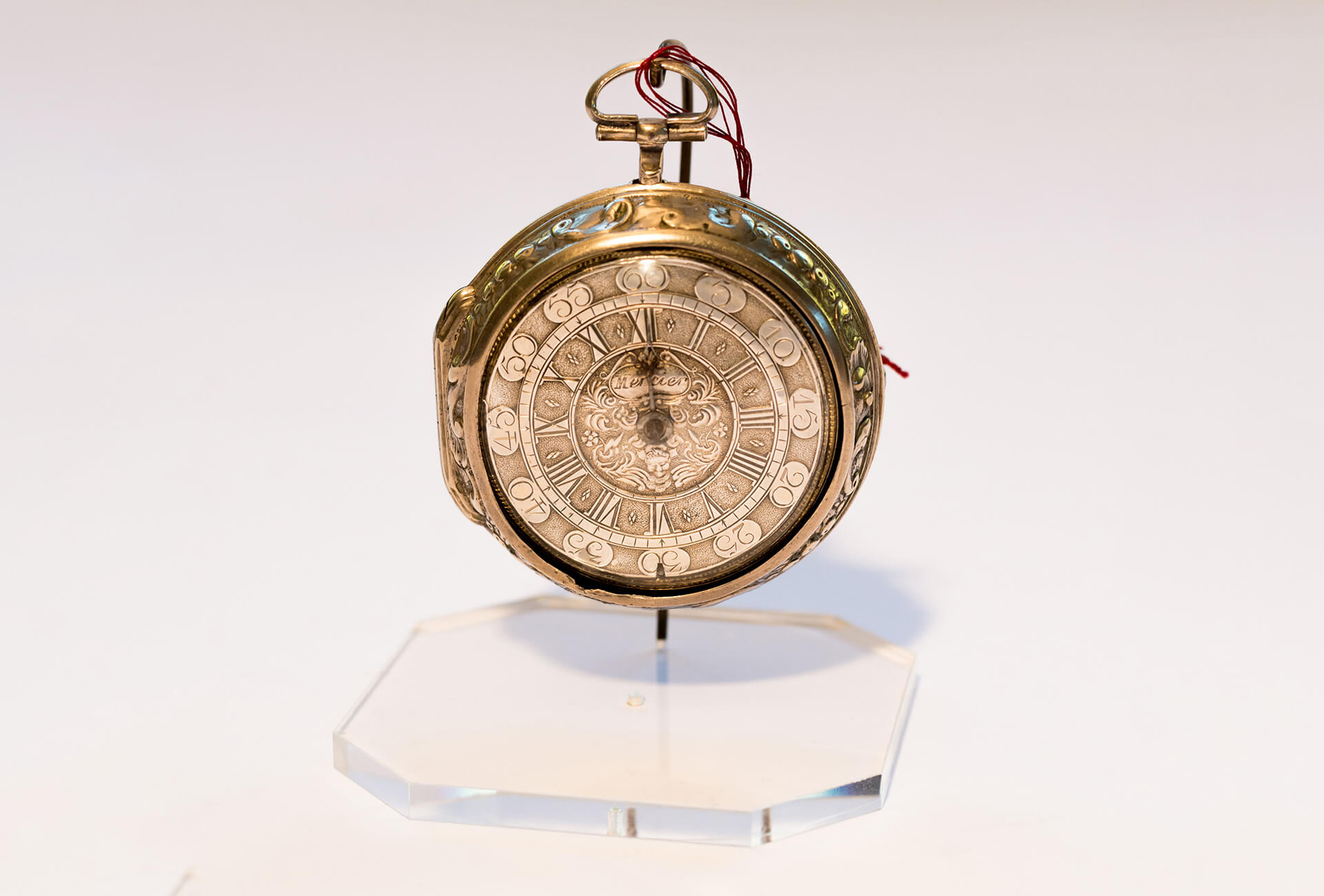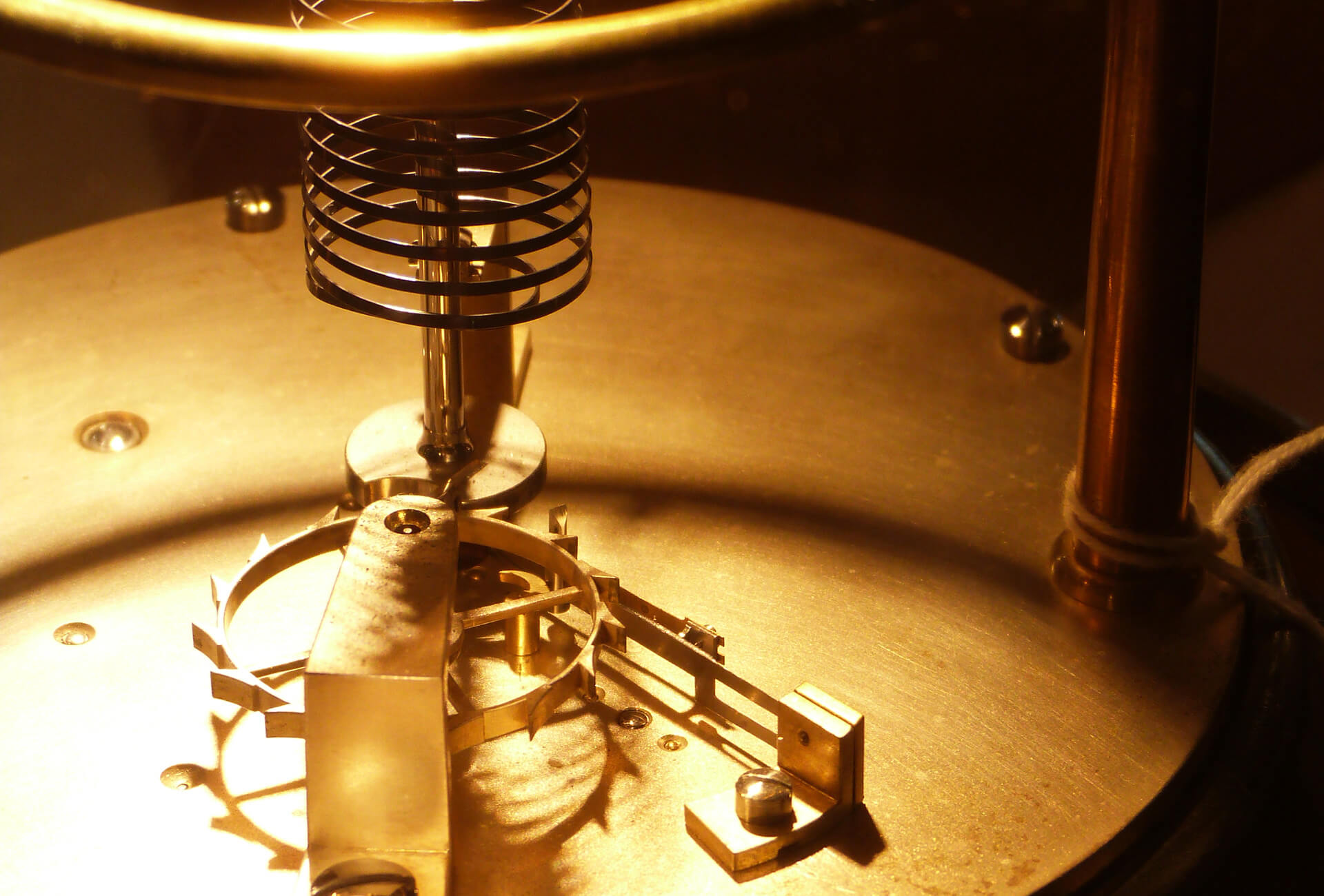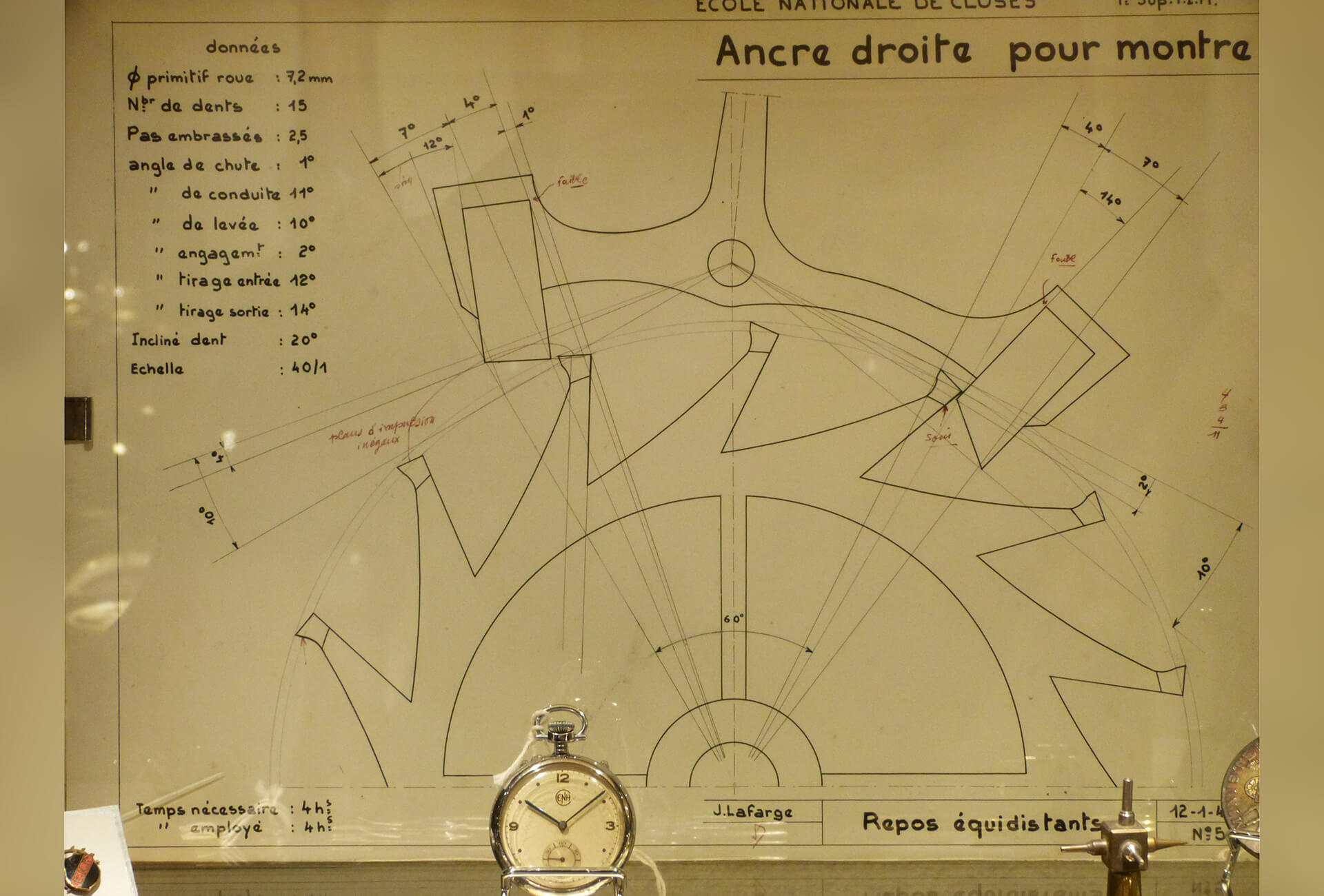The great celestial clock was first to mark time, as daylight gives way to darkness and back to daylight with constancy and regularity. Other predictable occurrences provided markers for early men and probably more so women, whom we can imagine had to keep the family fed and recognise periods of fertility and infertility. These early populations referred to the Moon in order to divide the infinitely long into shorter sequences. No doubt they structured these intervals as seasons which, corresponding to the solstices and equinoxes, divided the year – a period of 365 and a quarter days (to simplify matters) that corresponds to a single orbit of our blue planet around the Sun. And so humankind mastered the first regulating organ in history.
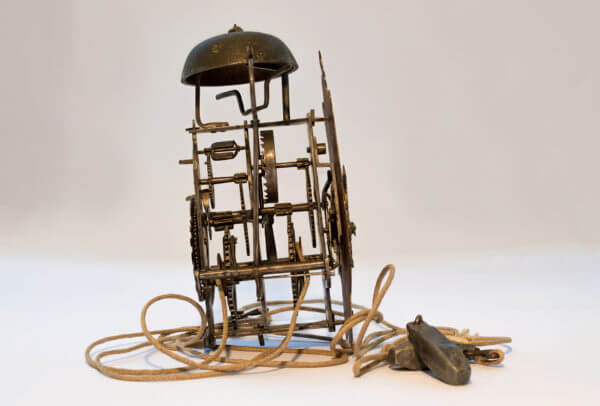
The next step was to imagine a way to keep track of time over shorter intervals. Before mechanical clocks were invented, the apparent motion of the Sun above the horizon, and the shadow it cast, played a fundamental role. But all it takes is a single cloud and the delicate sweep of a shadow around a gnomon disappears, rendering this fabulous solar mechanism completely ineffective. The solution to these temporal hiccups came in the form of the clepsydra. This water-driven mechanism wasn’t the rudimentary, almost toy-like device that certain descriptions would have us believe; accounts left by Arabic scholars tell us that one of Ctesibius’s clepsydras could plausibly have regulated the Antikythera mechanism, which predicted astronomical phenomena through a complex system of gears and wheels.
From running water to the first oscillation
When a drop falls onto water, it produces ripples that spread across the surface with the regularity of a metronome – a motion that mathematicians were able to transform into an equation. What we tend to forget, however, is that these first water clocks weren’t simply pierced bowls emptying one into another. Floating pointers and gears meant they could divide time into measurable sequences. As Gerhard Dohrn-van Rossum points out in his book, History of the Hour: Clocks and Modern Temporal Orders, published by University Of Chicago Press (translator: Thomas Dunlap), the Cistercians were probably behind the first modern clocks with an autonomous regulator. It’s thought that the mechanism which prevented the striking train from running too fast (what we now call the governor) gave the first clockmakers the idea of using a similar mechanism to control the amount a gear turns in a given period. At the time of Bernard of Clairvaux, these mechanisms, part of an elaborate clepsydra, must have incorporated an organ similar to early foliots, whose branches carried weights that could be moved further from or nearer to the rotational axis to produce slower or faster oscillations. This is a reasonable hypothesis. Possibly the monks then wanted to replace the clepsydra, which froze over in winter, with a derivative of the water clock’s striking mechanism that no longer needed its hydraulic “engine”, instead using mechanical means to rationalise gravity. Through the wonder that are gears, gravity becomes a controlled rotational motion, then a translational motion through which a hammer strikes a bell and produces a sound. Because, let us not forget, in the twelfth and thirteenth centuries time was heard and not seen.
Despite being essentially ill-suited to the job, the verge escapement remained in use longer than any other.
The verge escapement
Horology made a giant leap forward with the advent of the first ever regulator. Despite being essentially ill-suited to the job (with the single exception of the one John Harrison made with diamond pallets for his famous H4 marine chronometer), this verge or recoil escapement remained in use longer than any other and was built into every timekeeping instrument from the thirteenth century right up until the early eighteenth century – whether table clocks, longcase clocks or the very first watches. By briefly suspending the motion of the gears, which would otherwise spin at an uncontrolled rate, it imparts a steady rhythm to the timepiece in question.
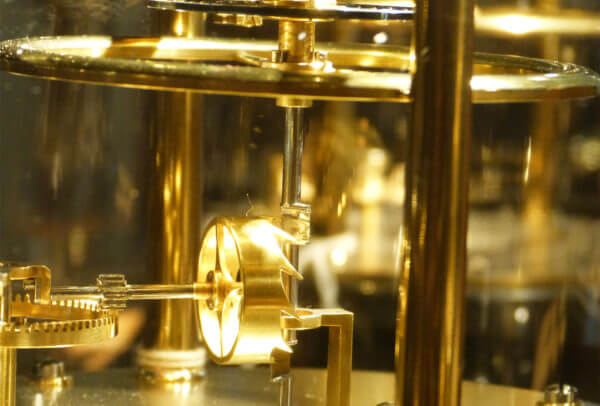
This ingenious regulator, which was designed to equip a watch or clock powered by a spring coiled inside a barrel, sparked two further inventions intended to even out this mainspring’s force. They were the stackfreed (used chiefly before 1600 and mainly in German-speaking countries, it exerts an opposing friction on the mainspring) and the fusee – a cone with a helical thread of decreasing circumference that is connected to the barrel drum by a tiny chain, very fine cable or even a length of gut (the kind used on stringed instruments). Once the mainspring has been wound by the key, the barrel pulls on the fusee via the chain which, because of its position on the cone, maintains a constant force irrespective of the amount of tension in the mainspring (much like the gears on the back wheel of a bicycle).
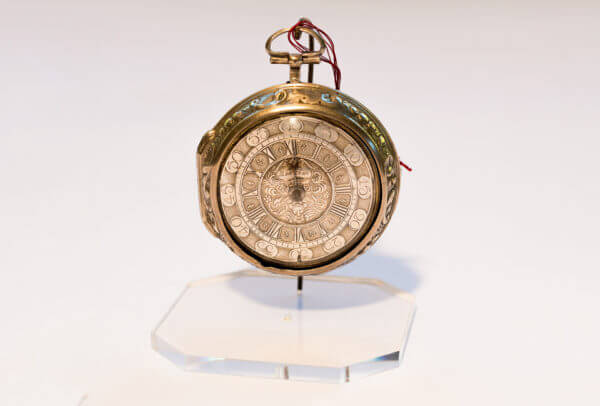
Such a device – which can include a mechanism enabling the mainspring to be wound without losing torque, hence allowing the watch to keep on functioning during winding – is complex to produce. Without it, though, the verge escapement would be little more than wishful thinking, as the oscillations would be entirely subject to the power supplied by the mainspring. This combination of a mainspring coupled with a fusee-and-chain transmission and a verge escapement – two pallets that successively engage a tooth on a wheel that is mounted perpendicular to the main geartrain – was just about the only escapement in use until the 1650s. Note that the foliot with its two arms was gradually replaced during the sixteenth century by the annular balance. Less affected by different positions, it was just as sensitive to shocks and, in the absence of a spiral balance spring, equally lacking in precision.











